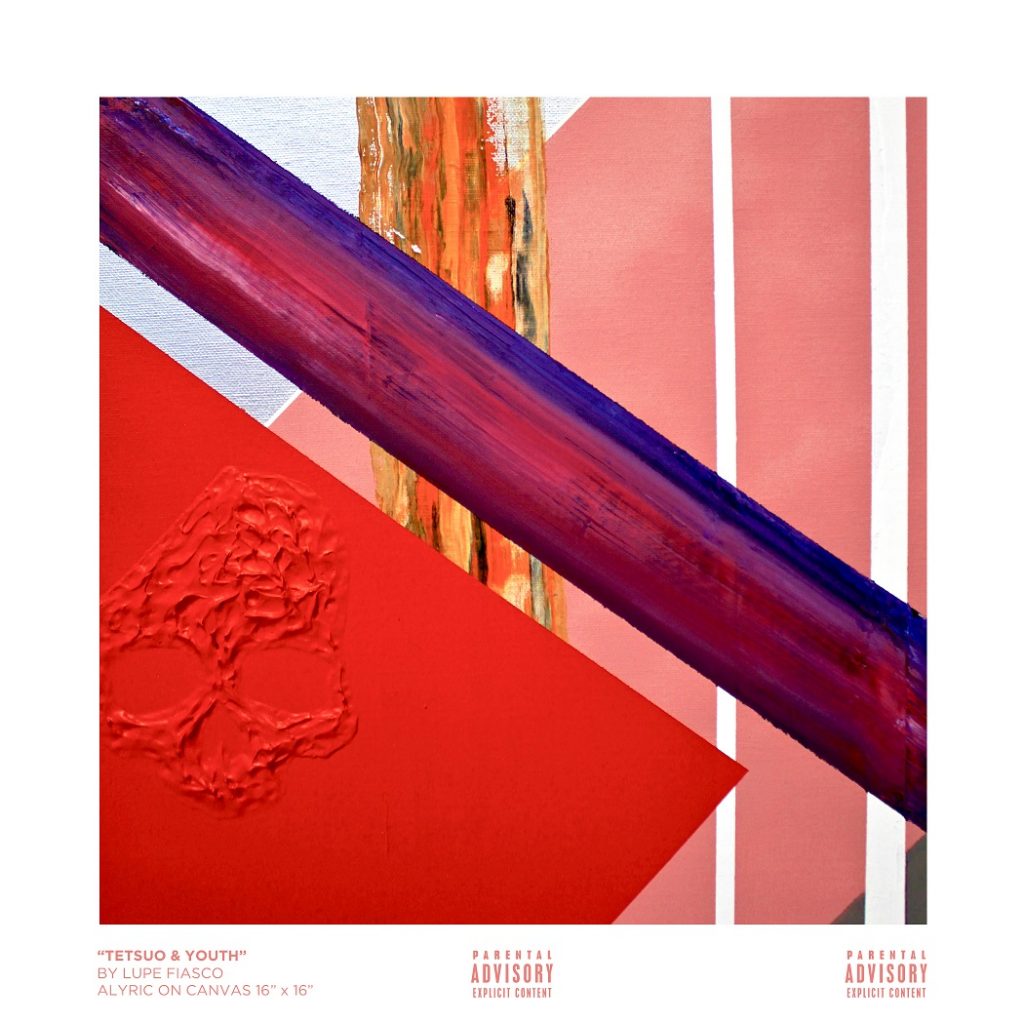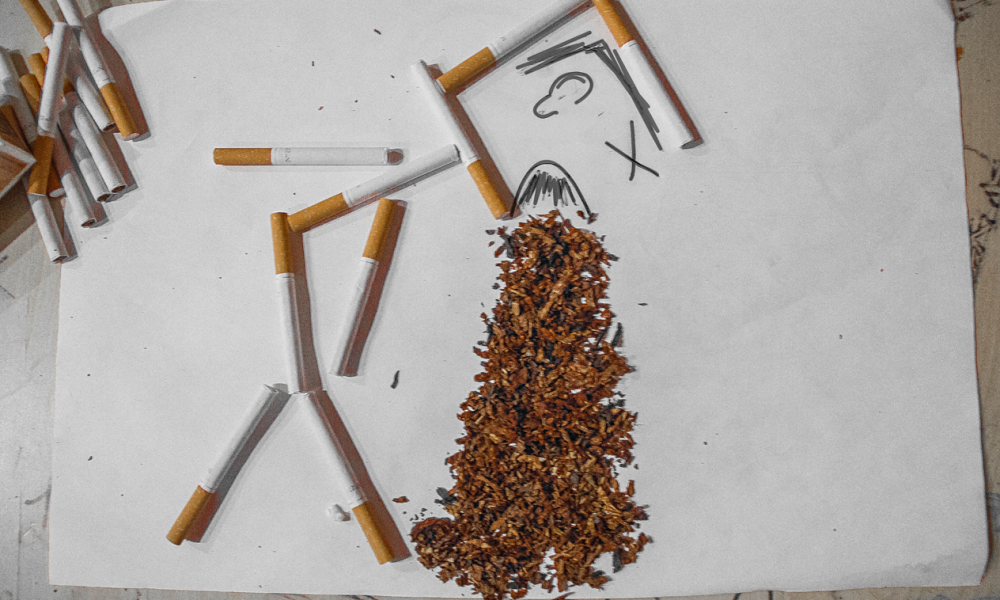Lupe Fiasco spent some time being a misunderstood figure in the hip-hop community. While he was trying to portray himself as a pseudo-intellectual artist, tackling complex social issues, the genre was evolving, becoming what it is today.
After his critically acclaimed sophomore album, The Cool, Lupe’s work failed to connect with the audience he was trying to reach, causing his limelight to dwindle for some time. LASERS was a project that did not match Lupe’s style of hip-hop while Food & Liquor 2 had an overwhelming number of Lupe-like ideas that failed to synchronize.
However, Lupe’s latest release, Tetsuo & Youth, is an album that seems to have finally found balance between conscious hip-hop and a well-executed concept.
The first track, titled Summer, is a minute and a half long instrumental. The next track, Mural, starts with a light setup of vocals and a sample with jazz drums before Lupe takes off running for eight minutes of self-reflection. Lupe mentioned in a recent interview with Sway that Mural was intentionally long and written in intervals; he initially started the song with 24 bars and expanded over time.
He is just as ambitious and meticulous on this album as he was at the beginning of his career, but now he’s found a way to combine all of these elements into a cohesive body of work.
Lupe begins the fourth track, Dots & Lines, with a banjo solo. This is somewhat foreign to a typical hip-hop album, and can be seen as Lupe’s attempt to explore some new ideas in his music production. Lupe promotes the idea of being an individual rather than a follower on the track when he says, “And your reflection is your connection to more collections of more directions and paths. If your reflection is a mask, then you’re reflective of mass.”
Lyrics such as these saturate the album, but sometimes songs got a little too wordy. The song Chopper is the longest on the album, and gets old pretty quickly. In Lupe’s defense, he did make it clear in the Sway interview that the song was as long as it was because he wanted to include many artists that he considered “real,” and did not feel like cutting people out of the track after they almost all dropped 32 bars each. 32 bars and 6 featured artists. You do the math. It’s long as fuck.
The album has four seasonal interludes, each transitioning the listener into a new section of the album. Lupe said he used the interludes as a palate cleanser to calm the listener before each new season so you can feel the change in mood and embrace the atmosphere.
The production and beats on the winter section of the album are the only things that seemed to be lacking. Lupe’s lyrics and ability are still prevalent, but the music itself is overbearing and mediocre in this portion of the record.
Tetsuo & Youth is a record that is fully appreciated if the listener sits down and takes time to dissect the music. It is art that needs to be listened to, not just heard. Songs on the record surpass expectation after they are studied and read. Unfortunately, because of the records length, and sometimes beats, this is not what most people might want to do.
This record does not deliver constant uplifting noise that has become synonymous with today’s music culture. You won’t be bumpin’ to this album at a party, or listening to it at the gym, because who the hell turns up to conscious hip-hop?




Comments are closed.